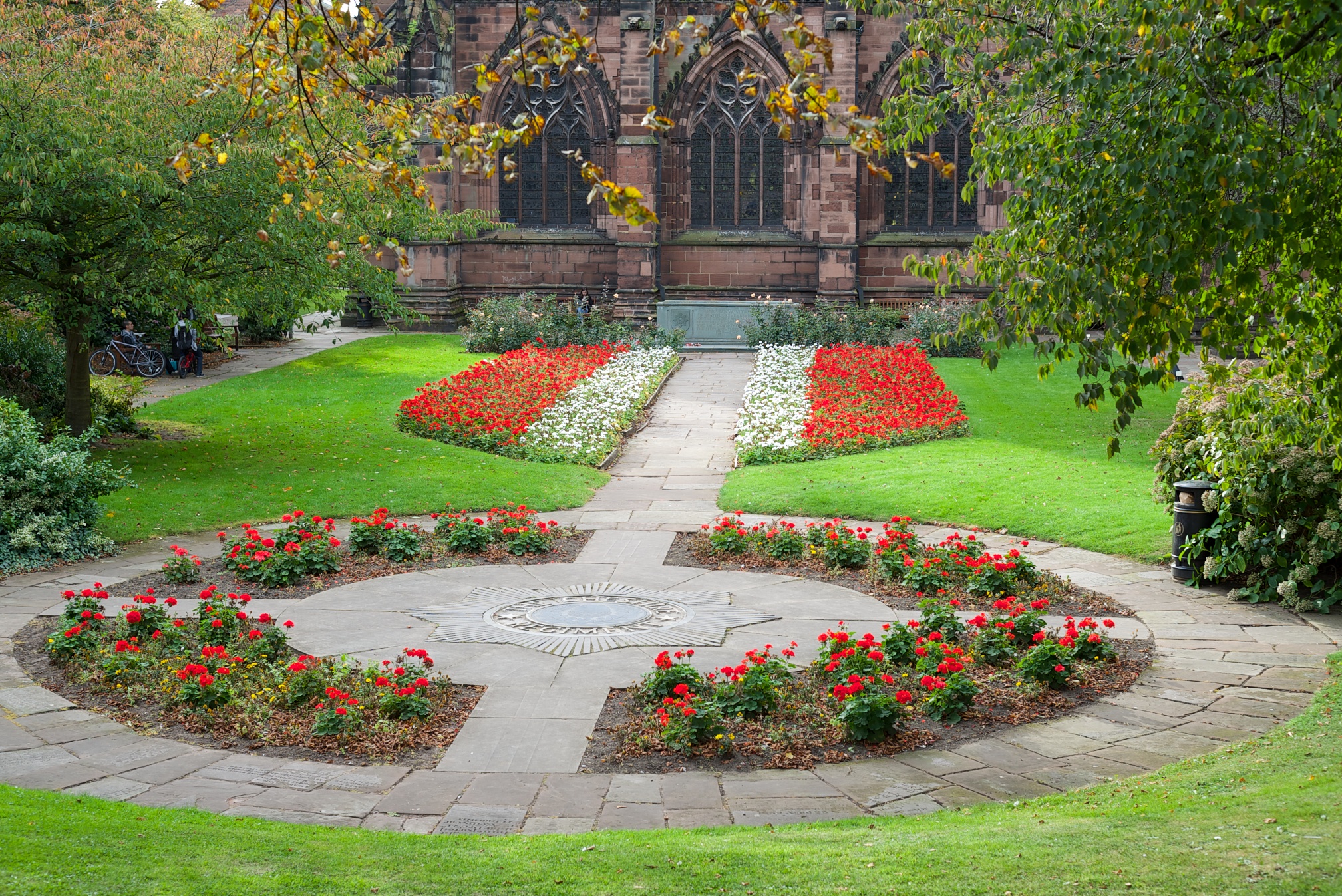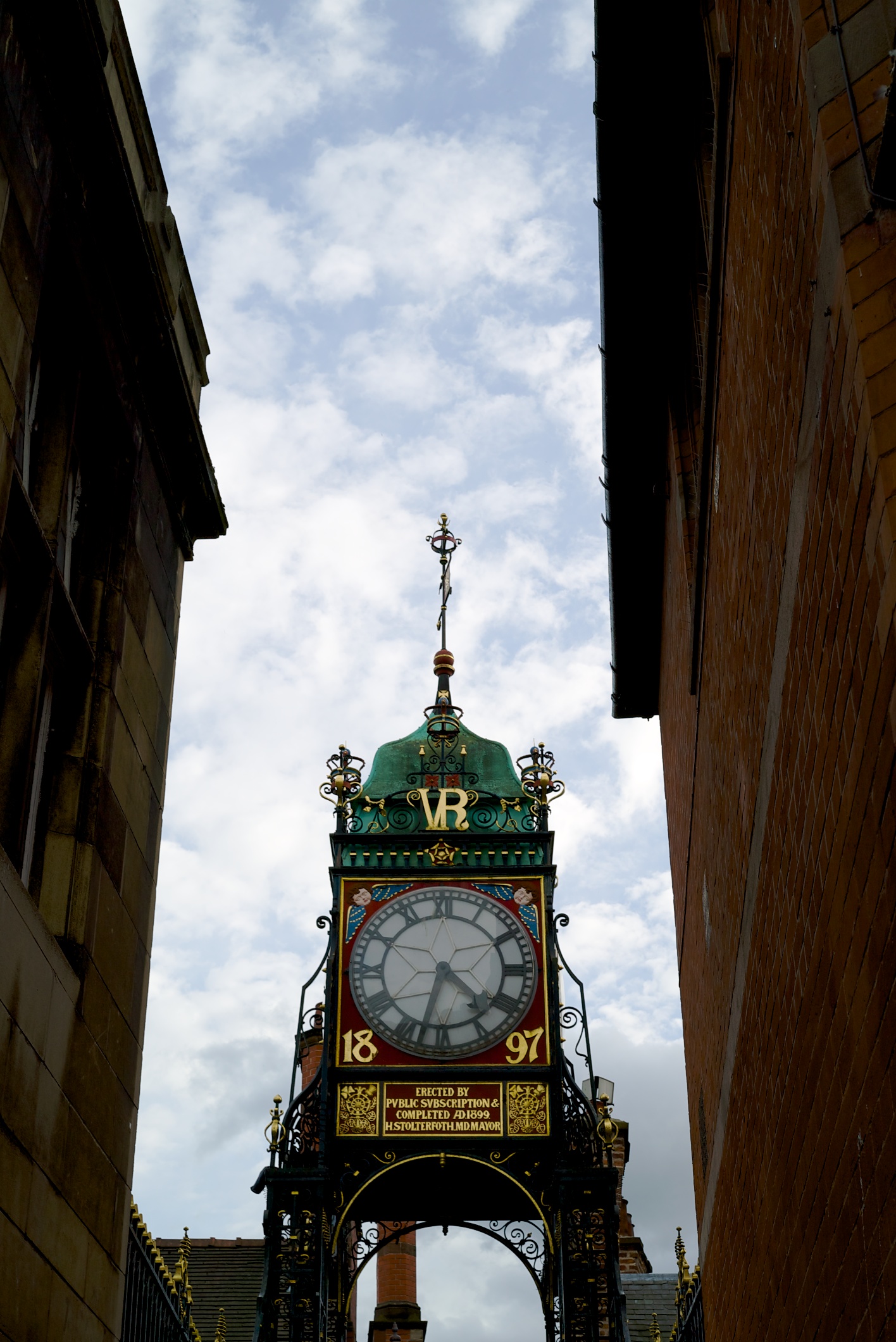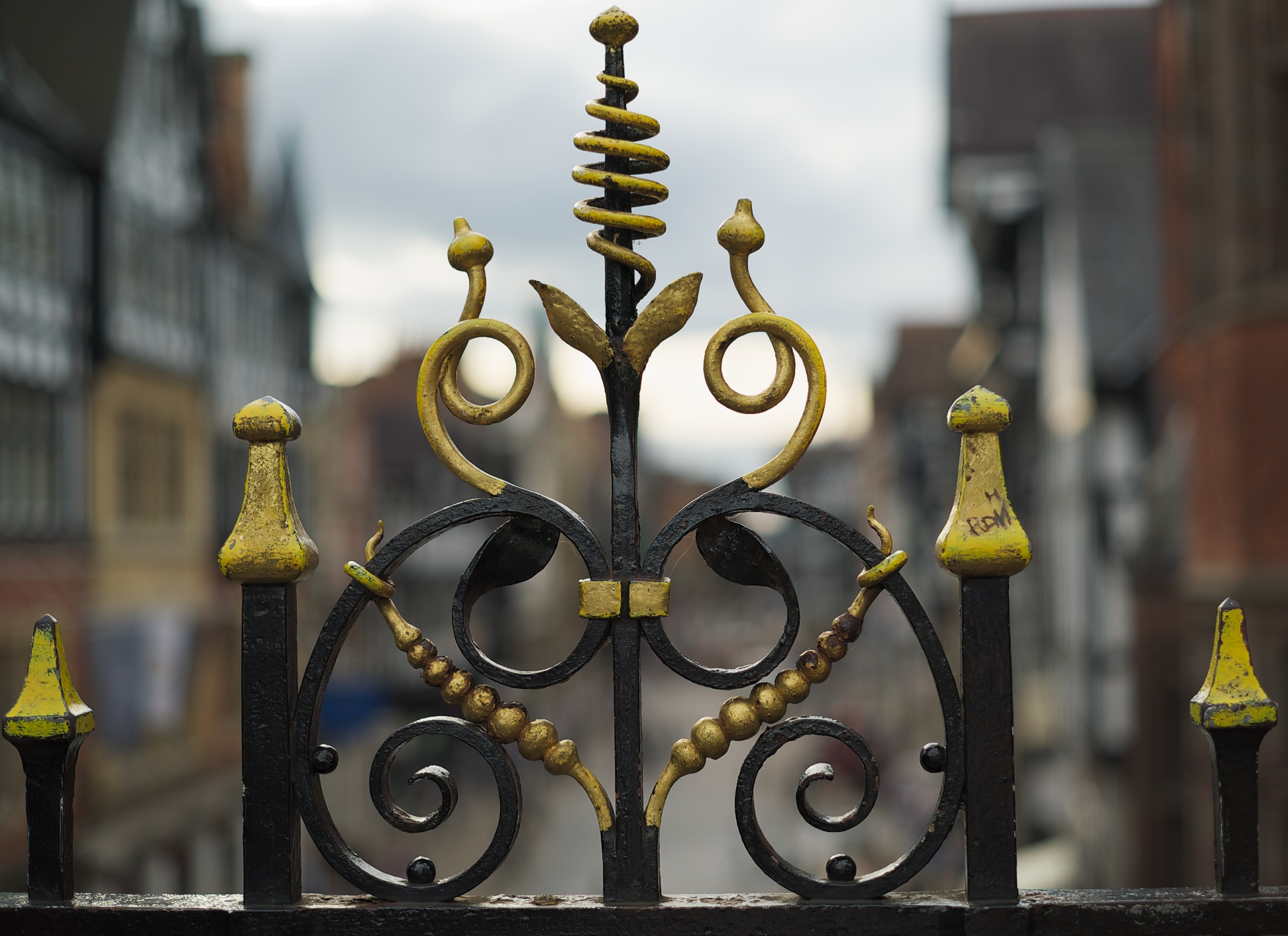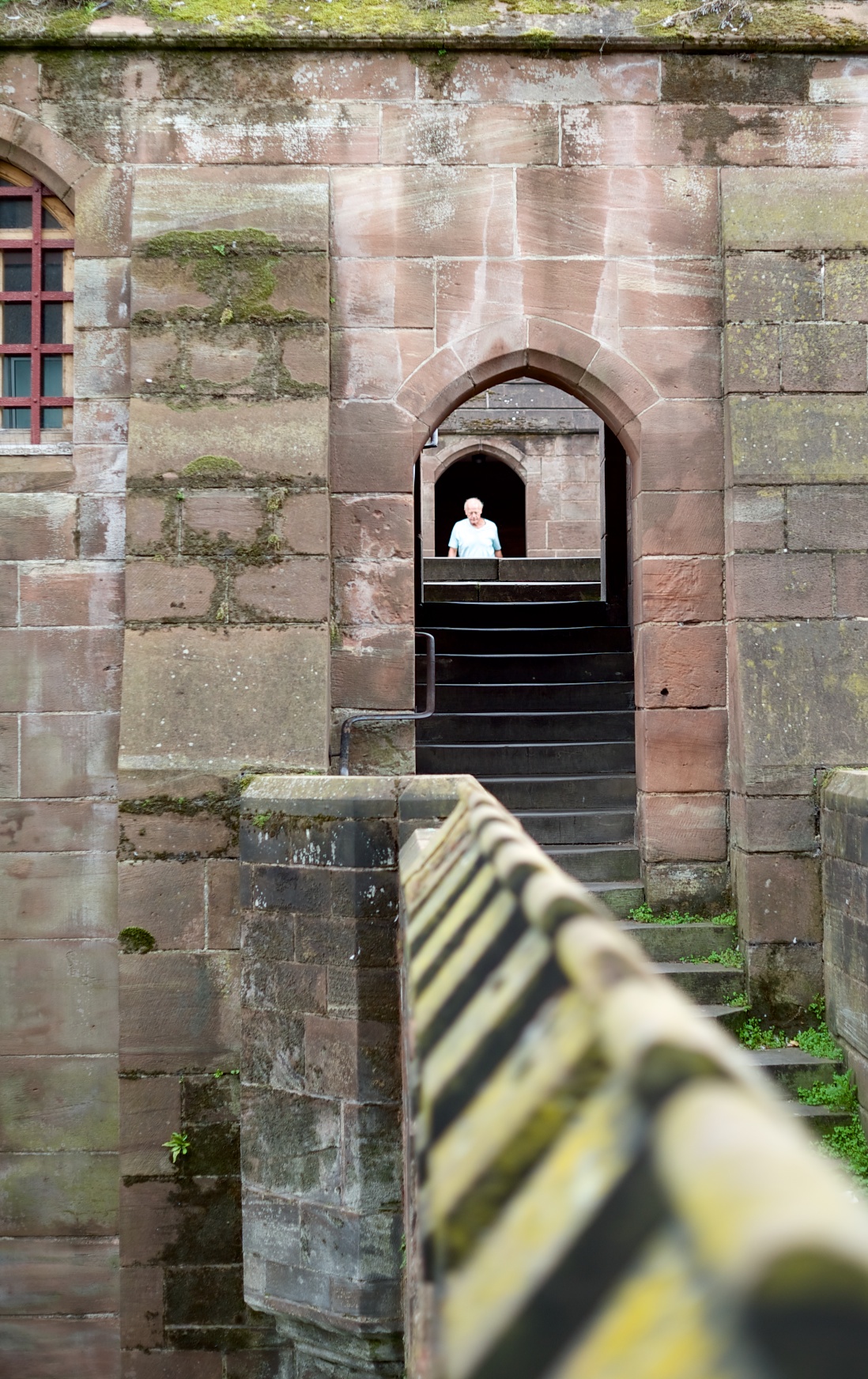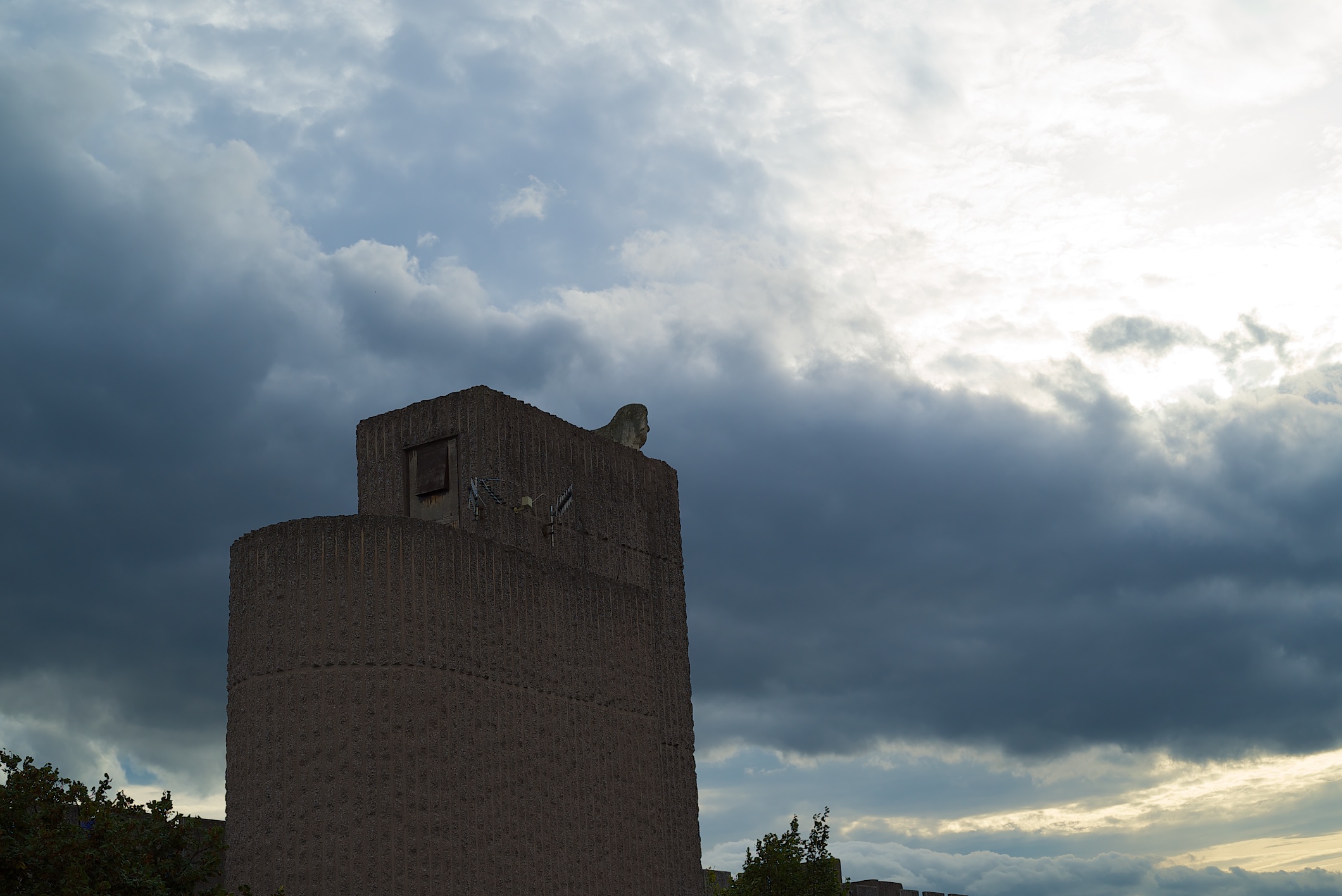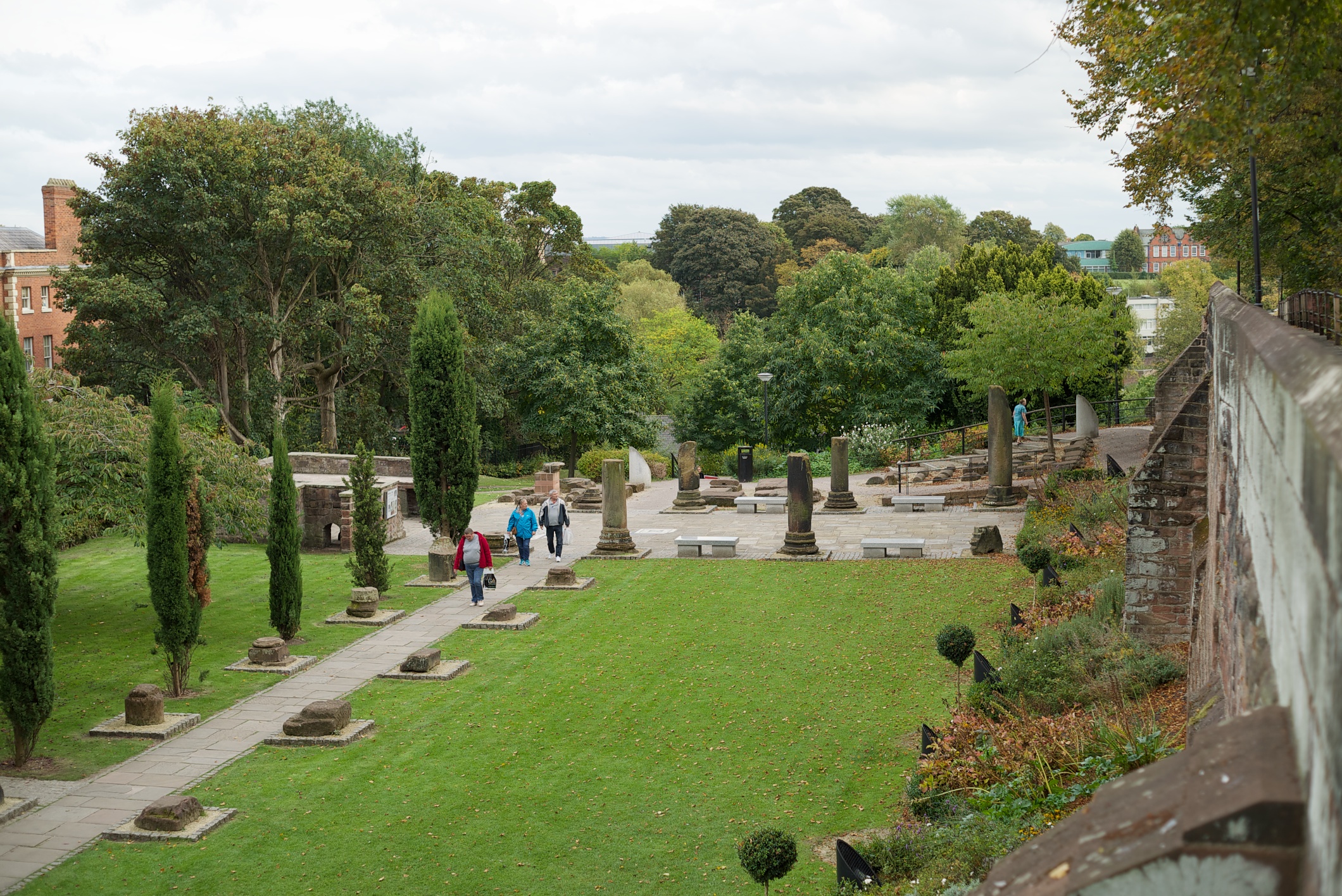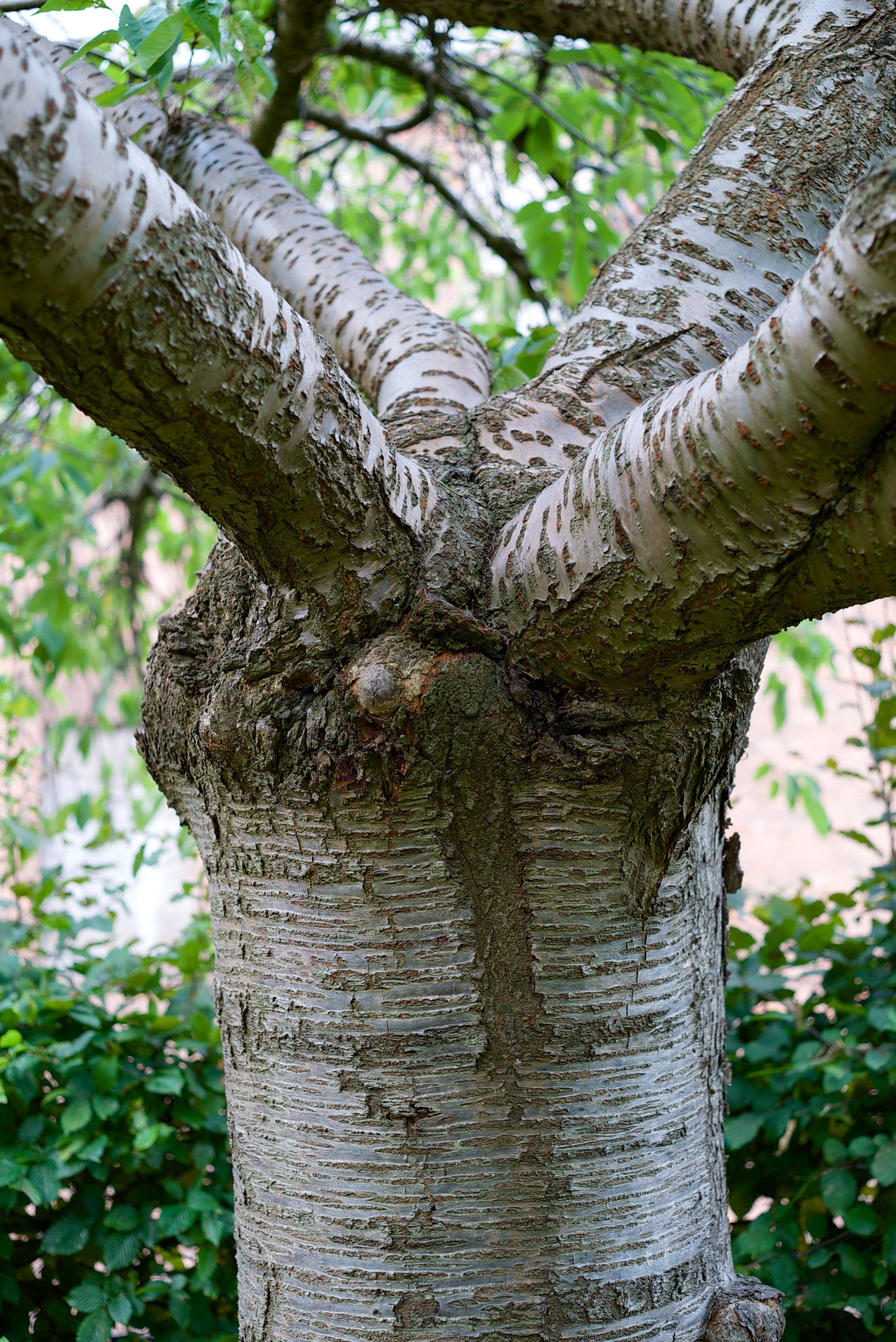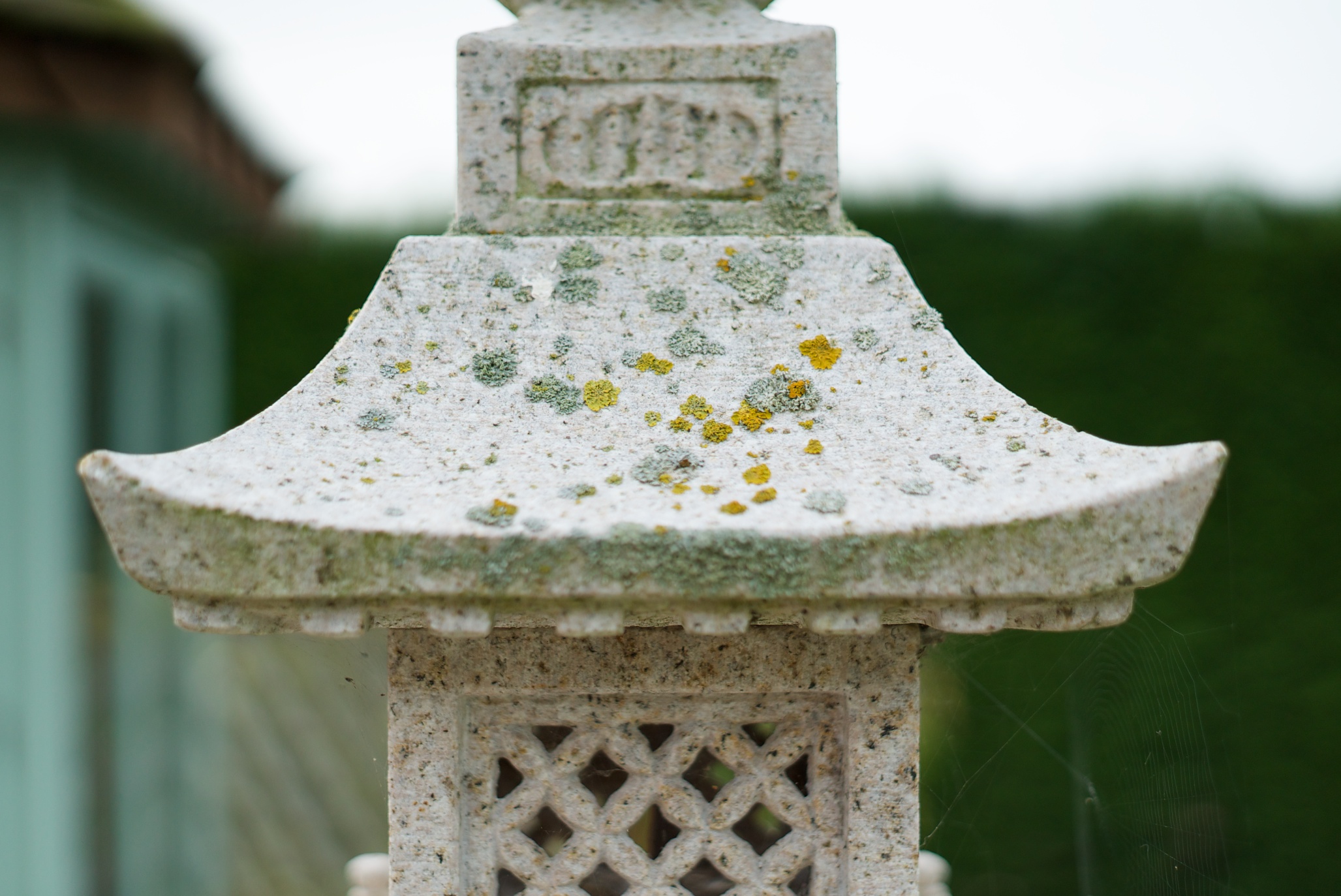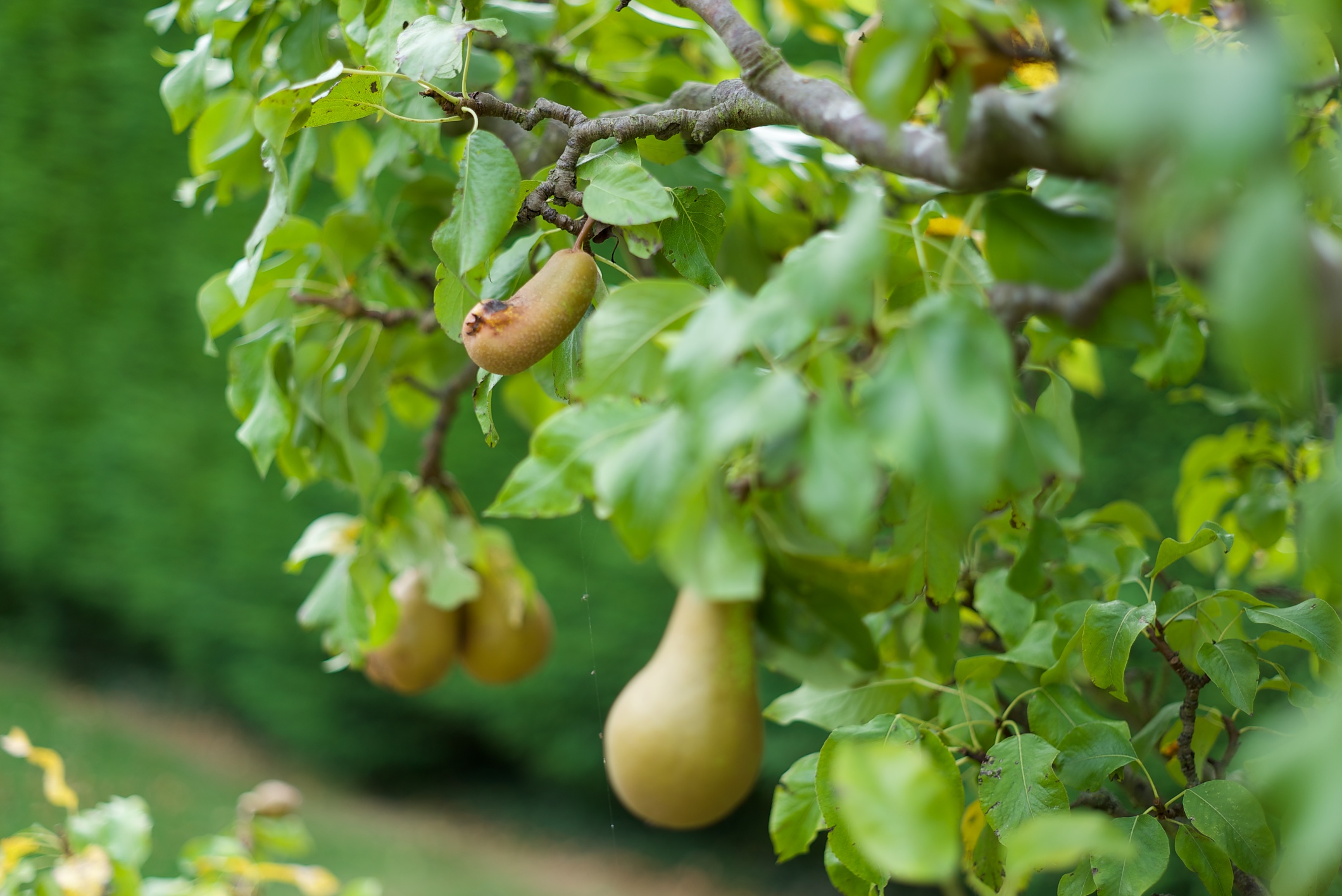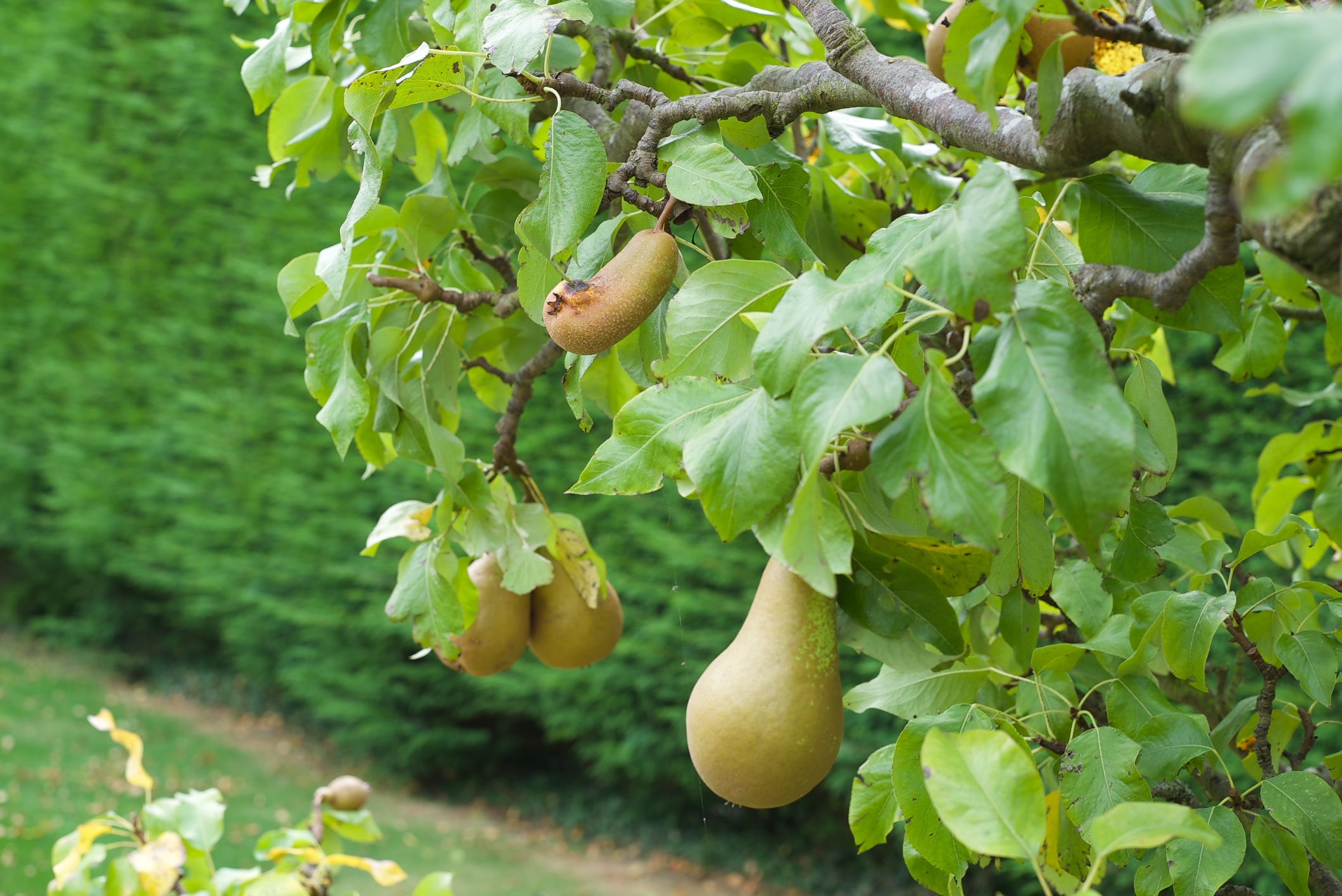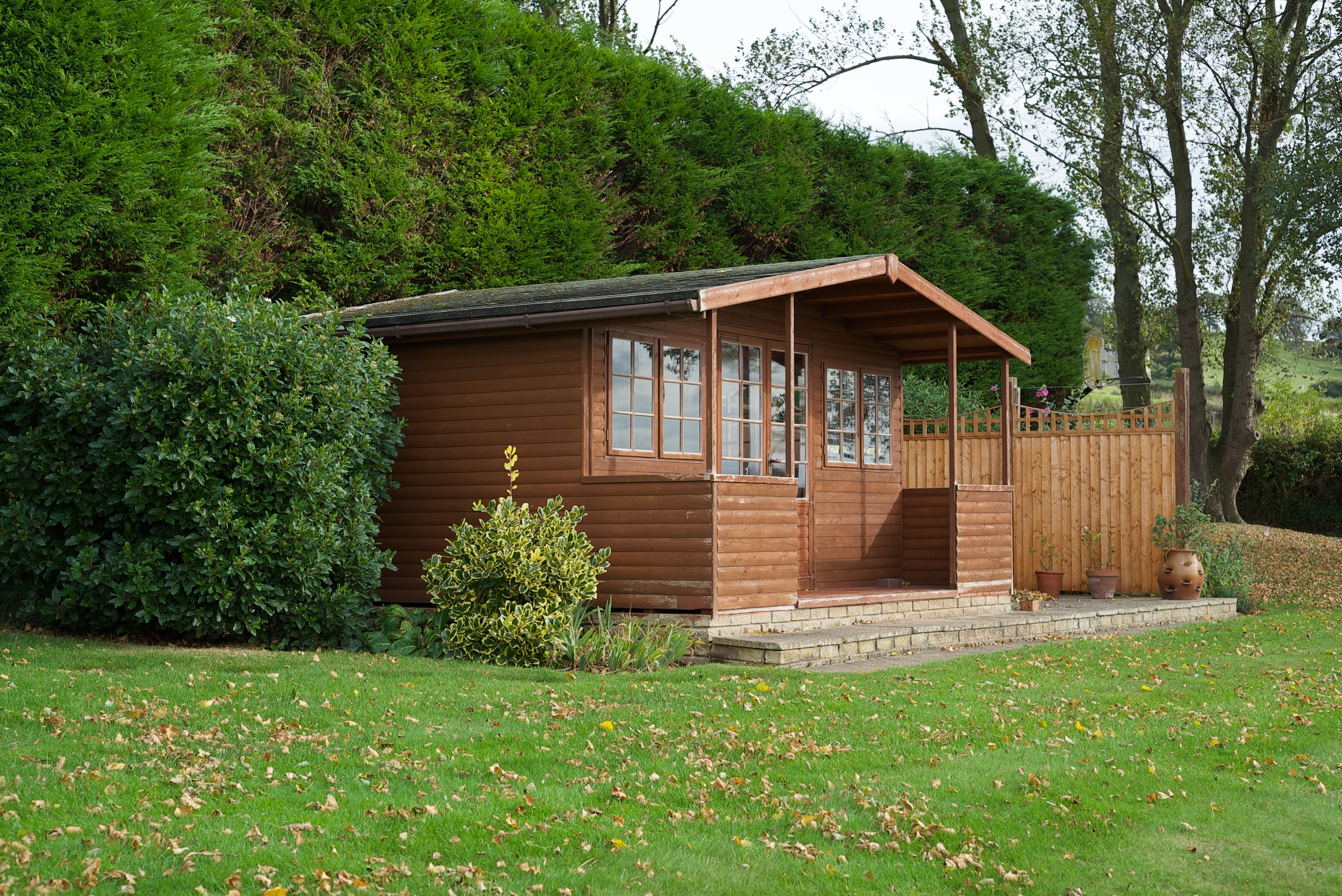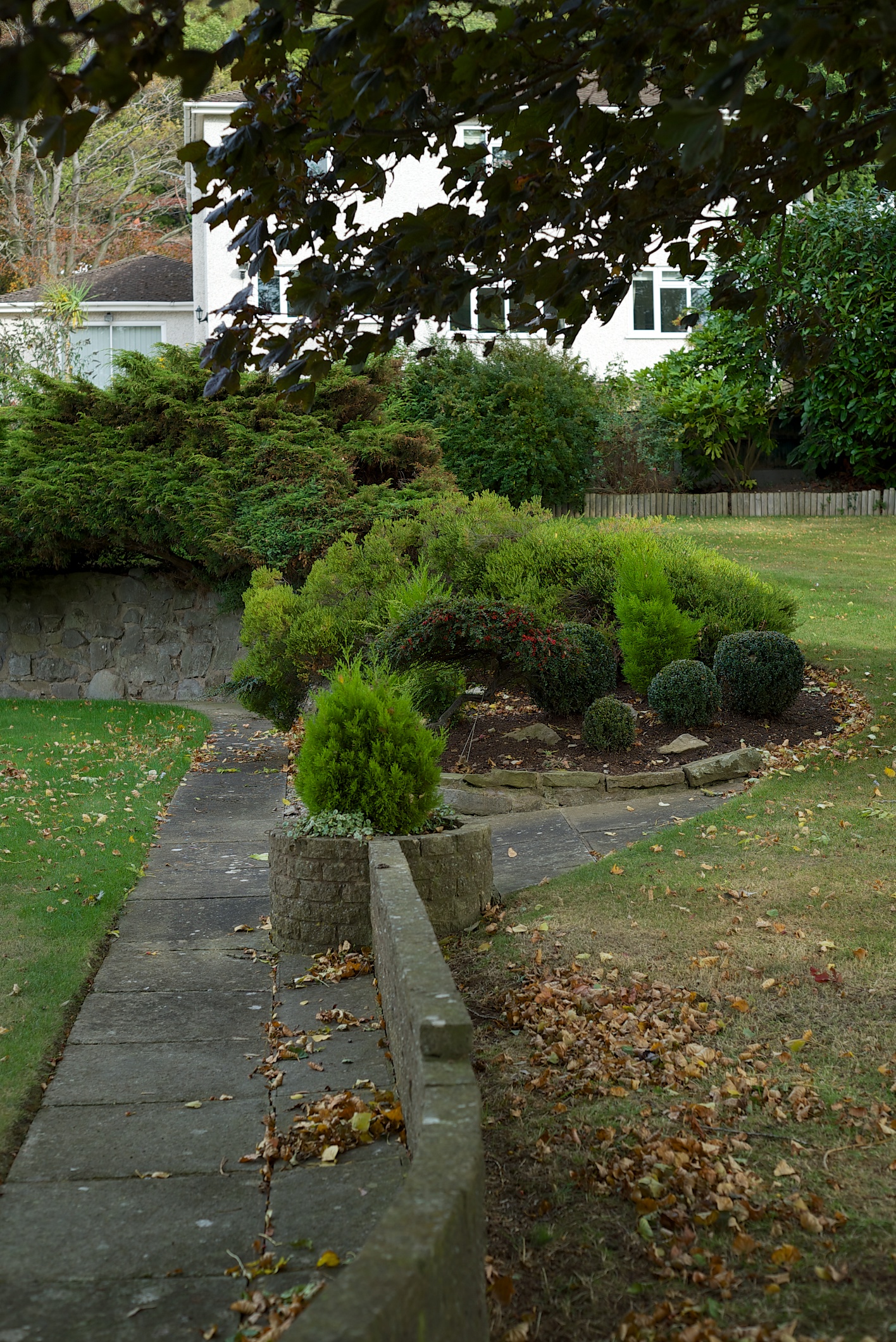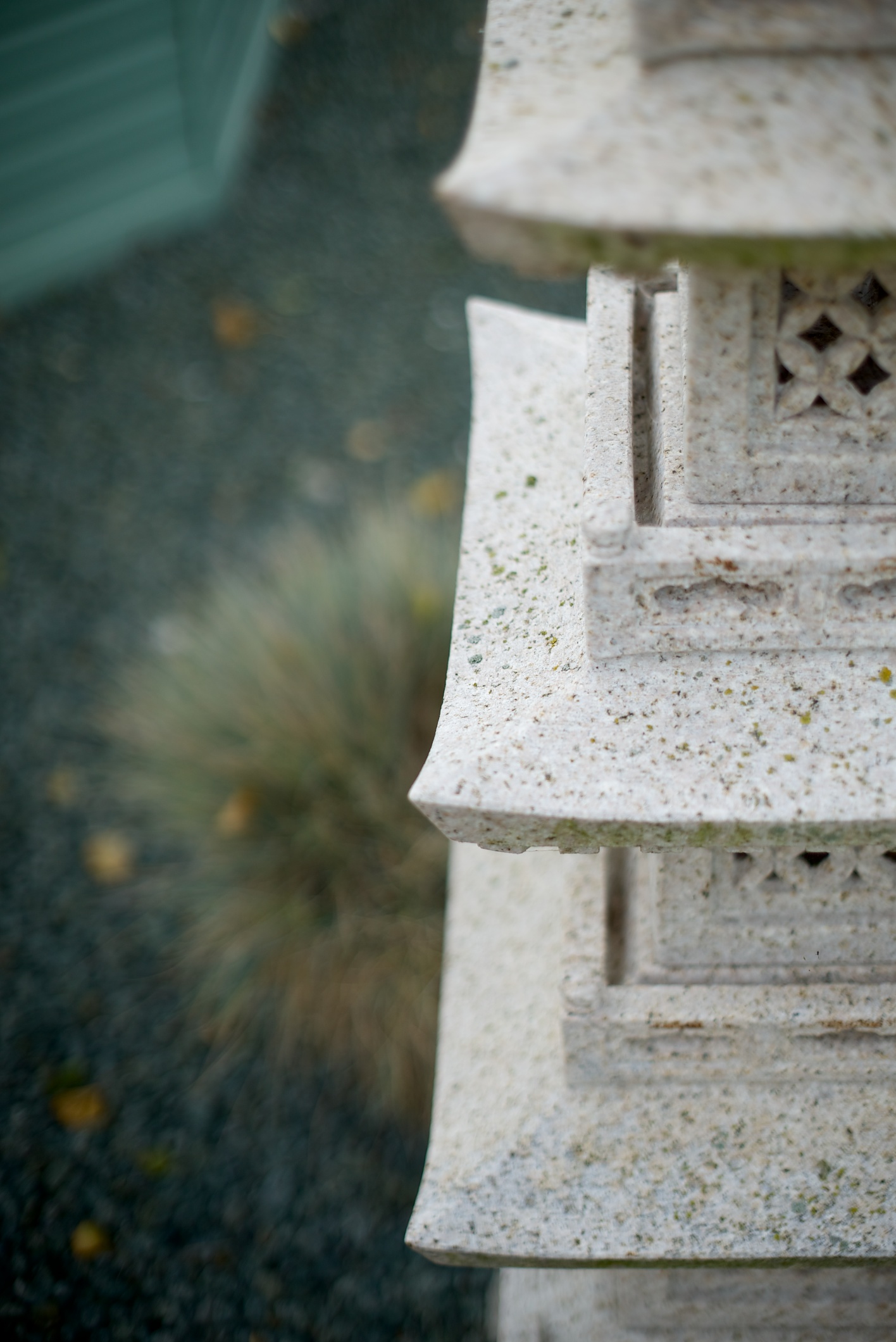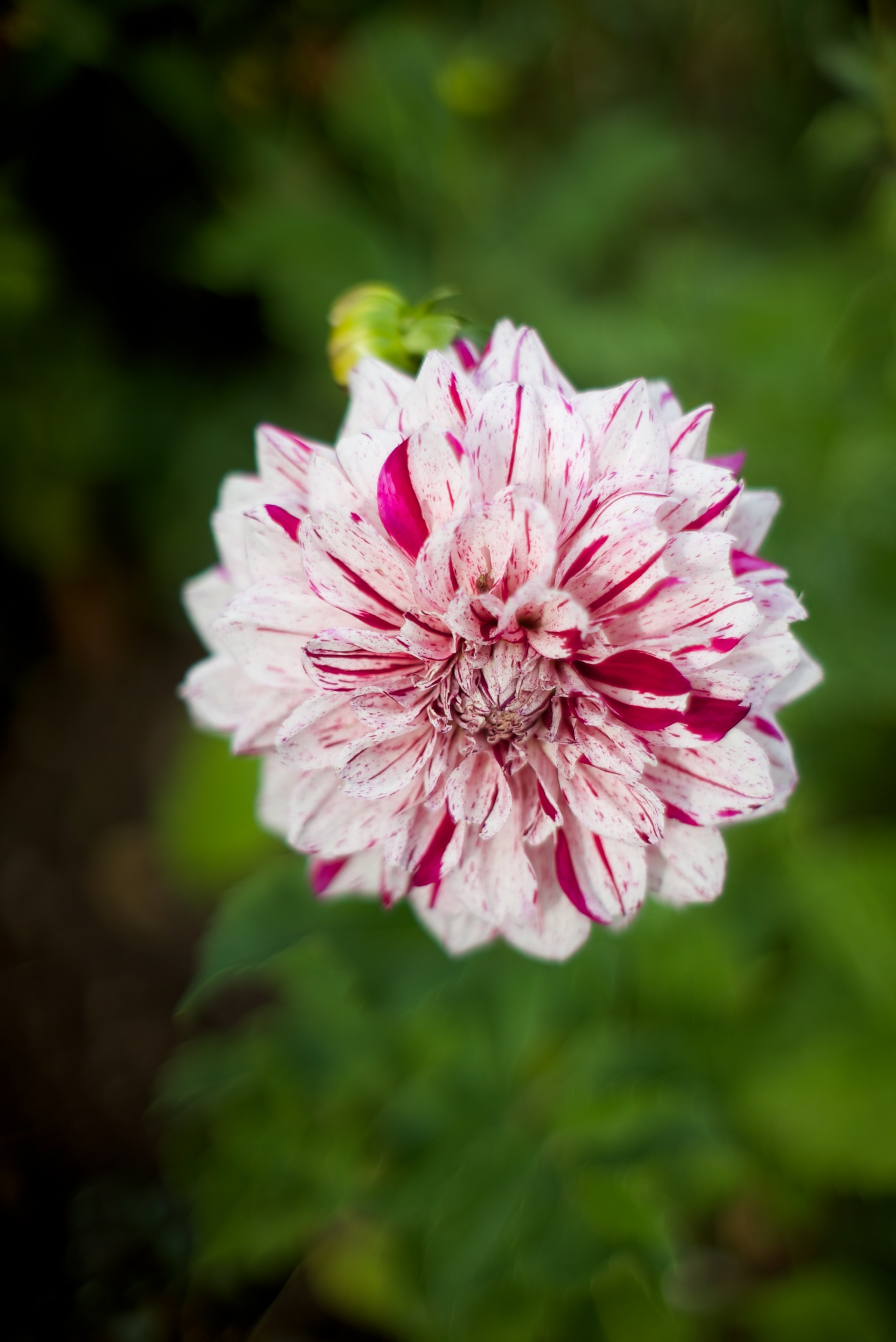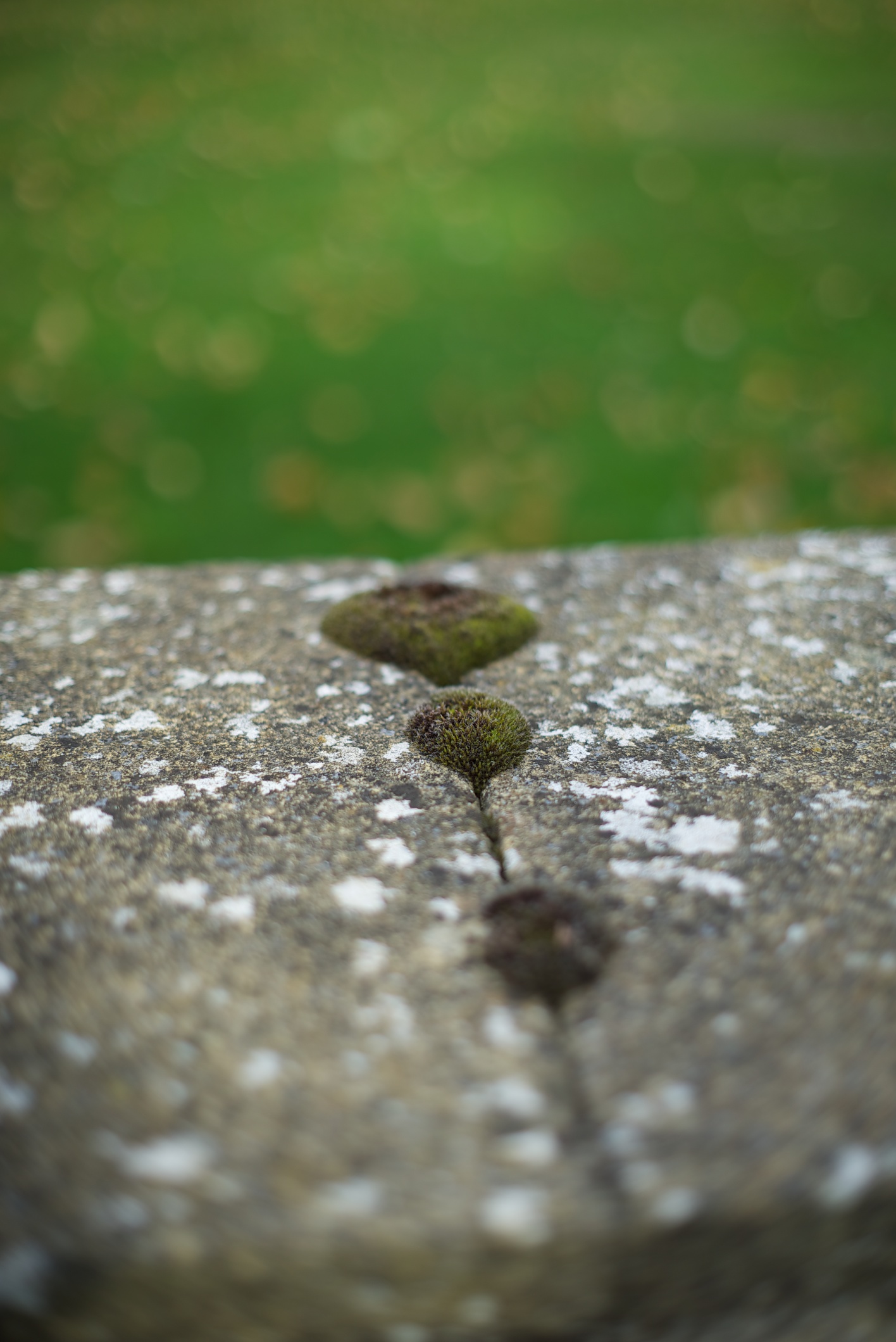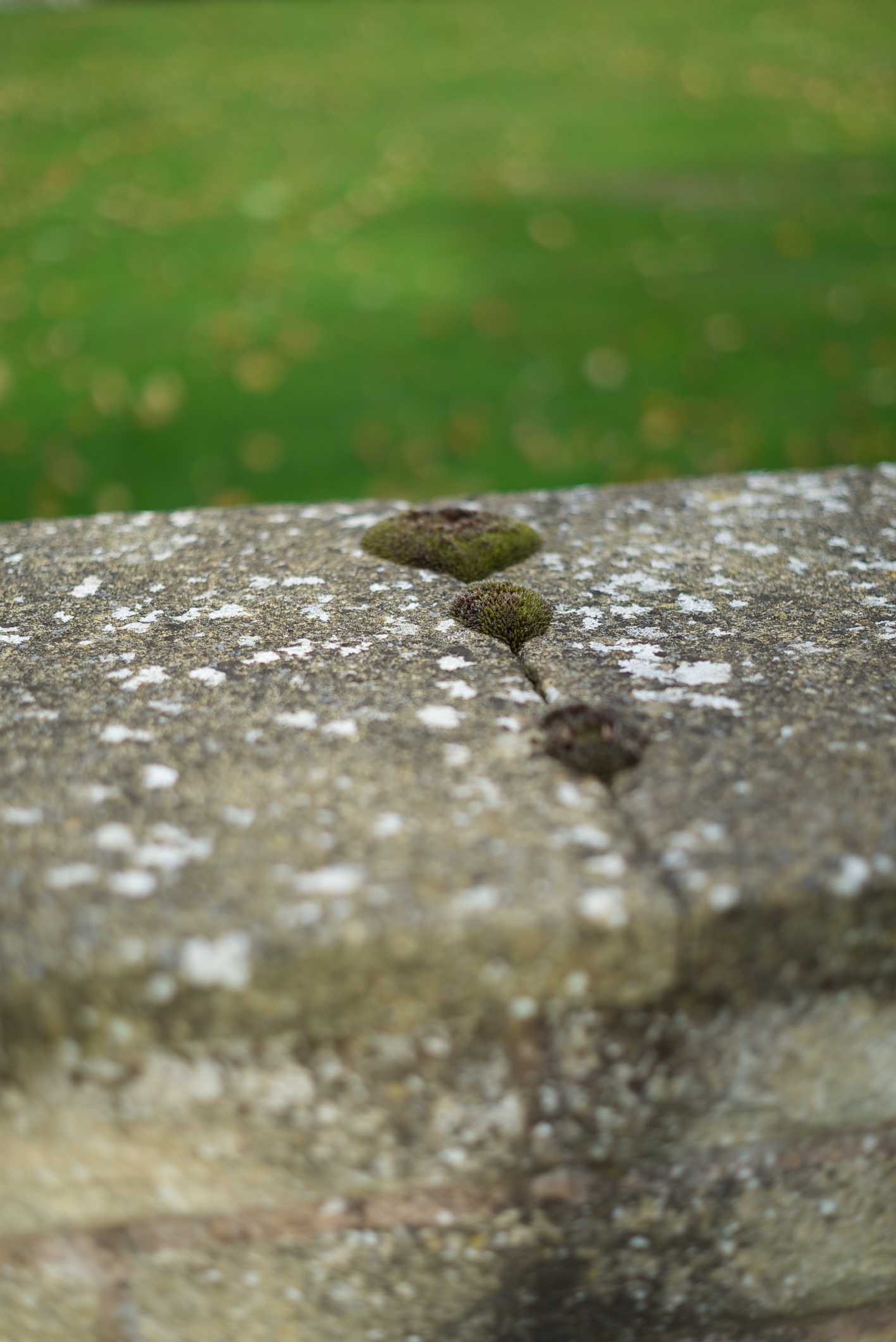There is only so much you can do from reading specs and reviews. Even shows like the recent The Photography Show I attended can only give you a brief hands-on. In today’s mix and match world, few dealers are going to be able to replicate your own set-up. So the best way of getting some extended testing of a lens is to rent it. I make use of Hireacamera’s occasional special offers to try out lenses I am interested in.
Over the Easter weekend, I took the opportunity to try two lenses in a head to head challenge. When trying to compare two lenses, you need to set some terms of reference. The primary camera that I wish to use this lens with are Sony A7s. This is a full frame, mirrorless camera which has a strong bias towards video. By restricting the sensor to just 12 megapixels, Sony have made the A7s a low light and video master. I use the camera both for stills and video so any lens I use must be capable in both disciplines.
So what am I looking for? The A7s recently replaced a Canon 5D Mk2 in my fleet. This means that I don’t have many native Sony lenses yet. I do have a video camera which shares the same E mount but that has a crop sensor. I was still using Canon lenses with this camera with a Metabones adapter. This includes one of the Speedbooster type which restores the full frame field of view. So far I just have 2 e mount lenses. One is the FE 28-70mm f3.5-5.6 OSS and the other is the E 10-18mm f4 OSS. The first is a kit lens which I picked up cheaply as a stop gap for a trip to New Zealand. It turned out to be optically pretty good. Being slow is mostly an issue for depth of field control due to the A7s low light prowess. The 10-18 isn’t really designed for FF not being an FE lens. However, it will work on the A7s albeit with a reduced range of 12-16mm. This is seriously wide, which makes it more of a niche choice. So I have a gap at the moment in the range between 18 and 28. For video I can use the crop mode on the camera to turn this into a 16-28mm which bridges the gap to 28-70. Unfortunately, still in this mode are just 5MP which is getting a bit low these days when DSLRs are hitting 50MP and even my phone has 8MP. I also have the Canon EF 17-40mm f4L which does bridge the gap, but lacks image stabilisation which is useful for video even in wide angles. Any lens hoping to plug this gap needs to prove its worth over these incumbents.
So who are the contenders? First up is the new Sony Vario-Tessar T* FE 16-35mm F4 ZA OSS. This is a lot of name to live up to. This is a Zeiss branded lens and is a premium item with premium price tag. Sony have the market to themselves for native mount zooms at the moment. The only alternative is to buy another brand to convert. Given what I have already, it makes sense for that to be something with a Canon mount. So contender number 2 is the Canon EF 16-35mm f4L IS. This is also a new lens which is more compact (just) than the f2.8 but adds that all important stabilisation. At my local dealer the price as I write is £719 for the Canon and £1289 for the Sony
From left to right Sony 16-35, Canon 16-35, Canon 17-40 & Sony 28-70
So what do the specs tell us? Given that the Canon needs to adapted, we need to include the adapter for comparison. I am going to include my existing 17-40 too. With the adapters in place the Sony wins the size race pretty comprehensively. Unlike the Canon’s it does extend when zooming but, even when fully extended it is still the shortest of the three. It also has a more slight profile with a filter size of 72mm to the Canons’ 77mm. My scales clock the Sony at 606g. The adapter takes the 17-40mm past that to 648g. The already heavier Canon 16-35mm ends up 240g more than the Sony. So round one goes to the Sony.
Does the Sony sacrifice build quality in its compactness? Both the Canons are L lenses and their build quality reflects their pro status. Feel is good and the controls are smooth and linear. The Sony takes the build quality a step further though and does not disgrace the Zeiss badge on the side. There is a strong family resemblance to the Zeiss Loxia I tested last. The metal body and controls feel more upmarket than the Canons. The zoom ring has a more damped feel but the focus ring is quite loose but we will come back to focus later.
Despite winning the weigh-in with the Canons, the Tessar feels substantial on the A7s compared to the diminutive Loxia or the plastic 28-70. Its a good match in feel with the A7s. The 17-40mm is close enough in dimensions not to feel that different ergonomically. The Canon 16-35 feels substantially larger. The big front optics mean that the weight is near end of the lens and the extra length with the adapter does it no favours. That weight was enough to twist the camera on the tripod plate when I was shooting the tests.
Although the adapters do allow most of the functions of the Canon lens to work on the A7s there is a marked difference in their effectiveness. The AF on the Tessar is quick and direct. On the Canons its is slow and hunts noticeably with the 16-35 not always finding a lock. Switching to manual focus and the focus ring on the Tessar automatically activates the punch in which is a feature I enjoyed on the Loxia. This doesn’t happen and you have to punch in manually. All the lenses have a focus by wire system. The Canons do firm up at the end of their travel but will continue to turn if you push them. The Sony has no resistance at all and no indication of focus on the lens. There is a distance scale displayed on the screen. However, there is no linearity of response. This is a real set back for video use as its so unpredictable. Sony really need to offer some firmware to give the option of linear response but none of the FE lenses I have tried so far could be used with a follow focus. So the Canon’s finally win at something - not that I would trust their focus scales. This is one of the hardest nuts to crack for the hybrid shooter. The properties of a good AF lens and a good MF one are so opposite in nature.
Lens performance
I don’t have any tools for evaluating lenses quantifiably so I am basing my images based on eyeballing them in Lightroom. It’s also a little difficult to tell if the Sony has been given a little helping hand by the camera. I don’t believe so on the raw images but it’s a possibility.
At their smallest focal length and max aperture the two 16-35 lenses shine. They both have better control of vignetting and distortion and are noticeable sharper in the corners. The Canon is better with fall-off and the Sony with distortion and corner sharpness. Stopping down helps all the lenses but the Sony always holds a lead overall. At 24mm these lenses are in their sweet spot and impressive across the frame. The 17-40 is still a little more affected by vignetting wide open. At 35mm the Canon’s both have better corners than the Sony, especially wide open.
Overall, I would give this section to the Sony by a nose but mainly because its best at the wide-end and this is why you would use this lenses over a mid-range zoom. The Canon 16-35 has perhaps the most even breadth of abilities across focal length and aperture. The 17-40 struggles in some areas against the new boys but is still capable of great results if you keep away from 17mm and stop down.
In the field
I managed to get a couple of days shooting with the lenses. The first was a trip to the Chester Food Festival with my brother Paul and his mate Alex. I shot first with the Sony then with the Canon 16-35 and finally with the 17-40. The festival was busy and had a mix of interior and exterior locations. For run and gun photography like this the slow AF with the Canons was a killer. You really had to go manual or stick to more static scenes. The second day’s shoot was in a garden. I only took the Sony for this one as the weather started out foggy and I didn’t think I would get much. As it happened the sun decided to make a brief guest appearance.
I have put some of the pictures up in a gallery. The food festival pictures have been processed but the garden ones, with a couple of exceptions, only have the Lightroom lens correction applied. If you really want to pixel peep you can see the pictures in my Smugmug gallery.
Conclusion
The price premium for the Tessar is a not inconsiderable £570 over the Canon 16-35 which, by a strange coincidence, is the cost of a new 17-40mm. It also makes it more expensive than the faster f2.8 version Canon makes. By practically all measures, the Sony is a better lens on the A7s than the Canon. It is a fine lens with its only weakness being the manual focus problem that afflicts all FE lenses. If I had to buy the Metabones the price would be closer but I don’t.
For shooting stills only, the Sony is an easy winner in this test if you take price out of the equation. With a compact body like the A7s the EF adapters add size, AF lethargy and occasional glitches that are frustrating.
For video its a little less clear cut. If you are using MF and rigs those advantages are less pronounced. You also have to take into account that EF lenses will work with a huge range of cameras and can be used with speed-boosters on crop frames.
I am still left undecided on whether to purchase anything. I am not sure enough yet to spend the extra cash the Tessar requires. It's definitely made it onto the wish list though.
If I was still a Canon guy and I was buying afresh then I think the EF 16-35f4L IS is worth the extra over the EF 17-40mm f4L. Optically it is a step up but, given its size, you might want to throw the f2.8 version into the mix if stabilisation is not a priority for you.










